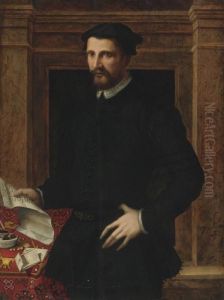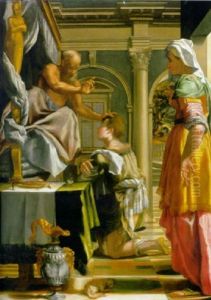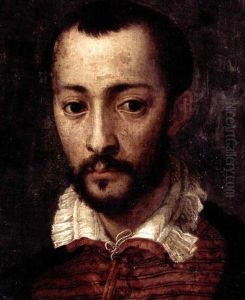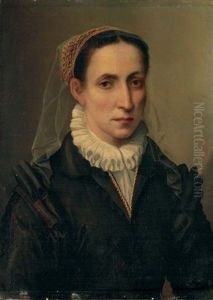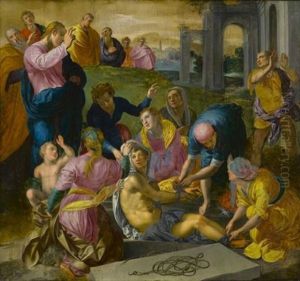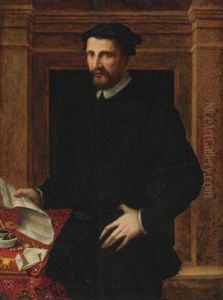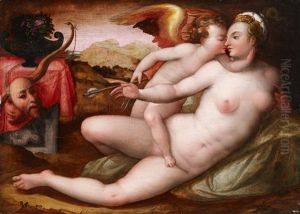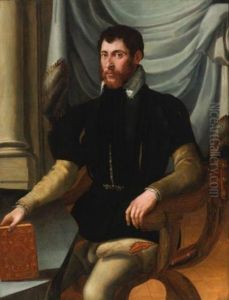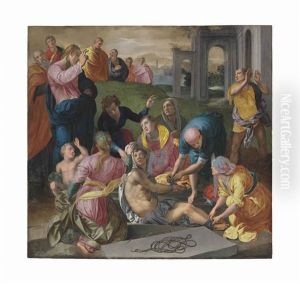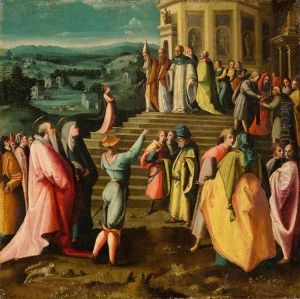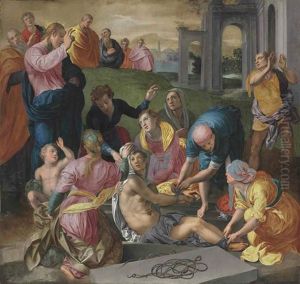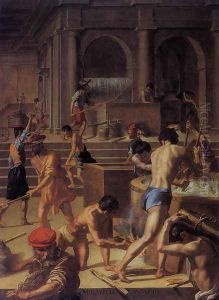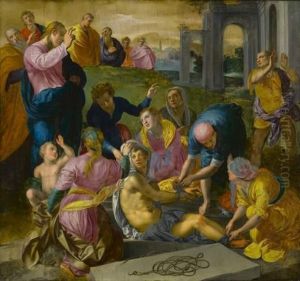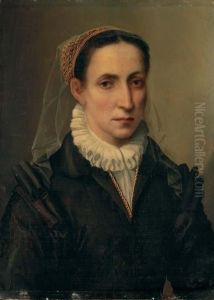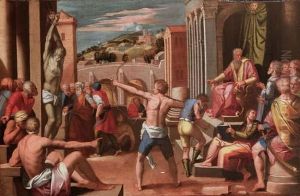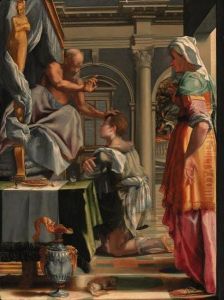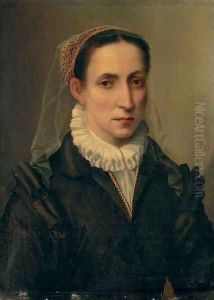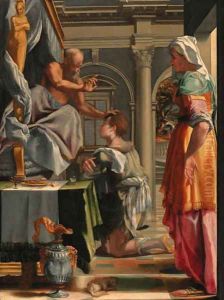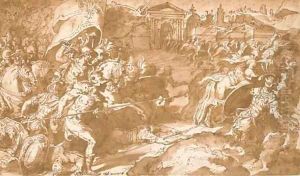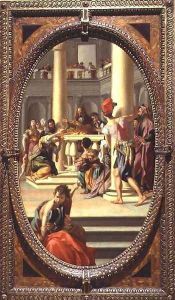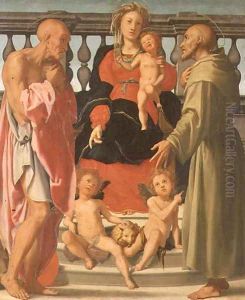Mirabello Cavalori (Salincorno) Paintings
Mirabello Cavalori, also known as Mirabello di Salincorno, was an Italian painter of the late Renaissance period, born in 1535 in Florence. He is considered a representative of the Florentine school, and his work is noted for its grace and delicacy, which was typical of the Mannerist movement that flourished in Italy during the 16th century. Cavalori's style was influenced by the works of other prominent artists of the time, such as Bronzino and Pontormo, who were leading figures in the Mannerist style.
Cavalori's career was marked by his collaborations with other artists, which was a common practice at the time. He worked on the frescoes in the cloister of the Annunziata, a project that included artists like Alessandro Allori and Santi di Tito. Cavalori's own contributions to the frescoes were well received and demonstrated his ability to work on a large scale while maintaining a high level of detail and expressiveness.
One of the most notable works attributed to Cavalori is a series of frescoes in the Palazzo Vecchio in Florence. These works further solidified his reputation as a skilled painter of the Mannerist school. Additionally, he painted altarpieces and other religious works for various churches in Florence, which often featured elongated figures and an ethereal quality that was characteristic of the Mannerist aesthetic.
Cavalori's life was relatively short, as he died at the age of 37 in 1572. Despite his early death, he left behind a body of work that continued to influence Florentine art and was admired for its elegance and technical proficiency. His contributions to the Mannerist movement were significant, and his works remain an integral part of the study of Renaissance art history.
